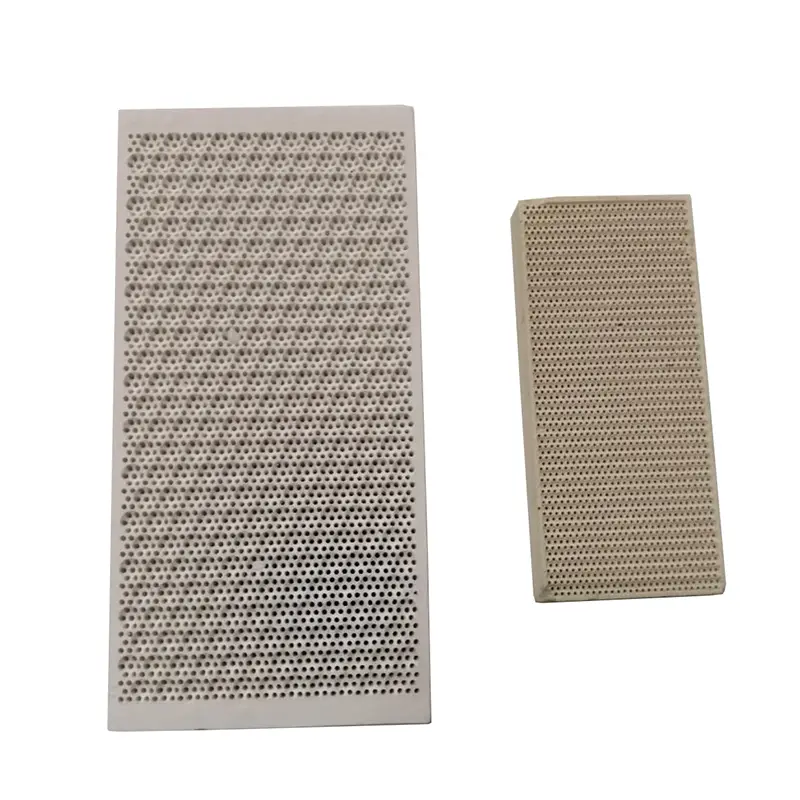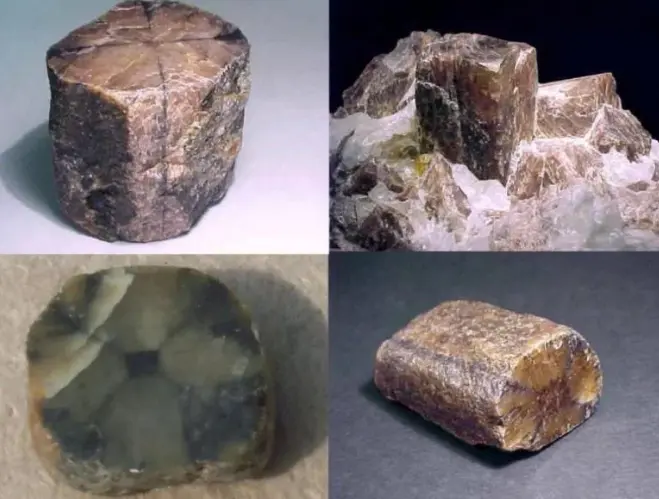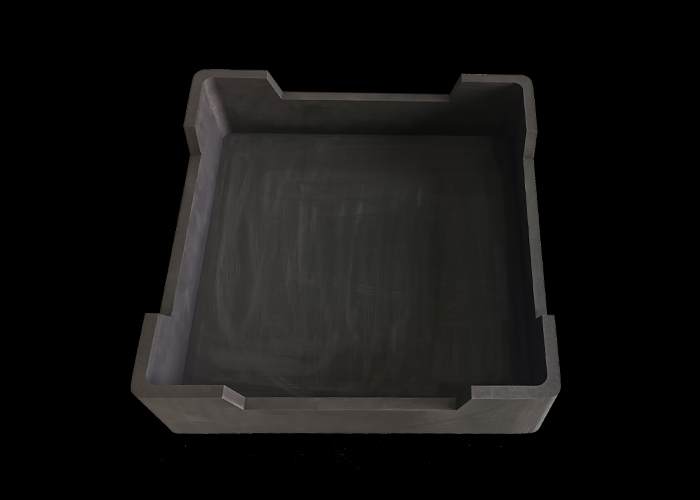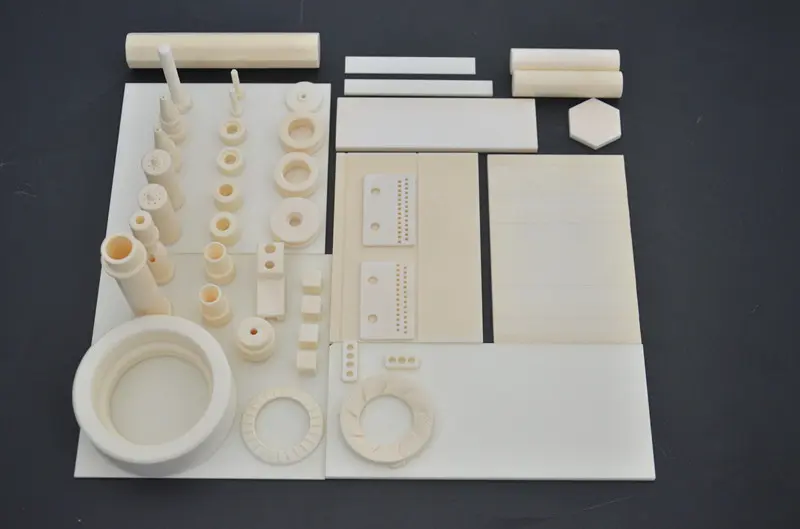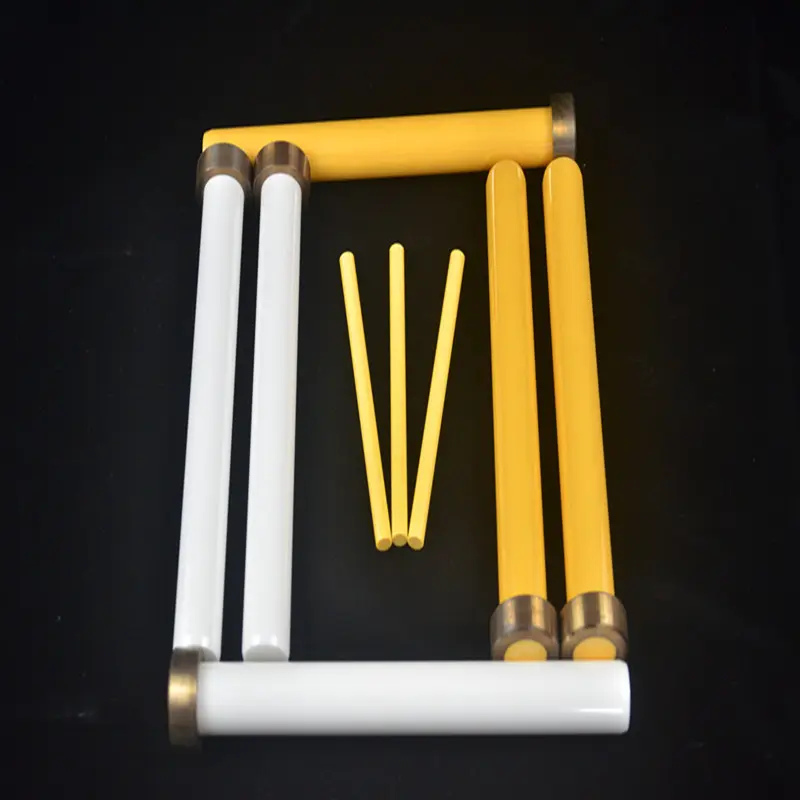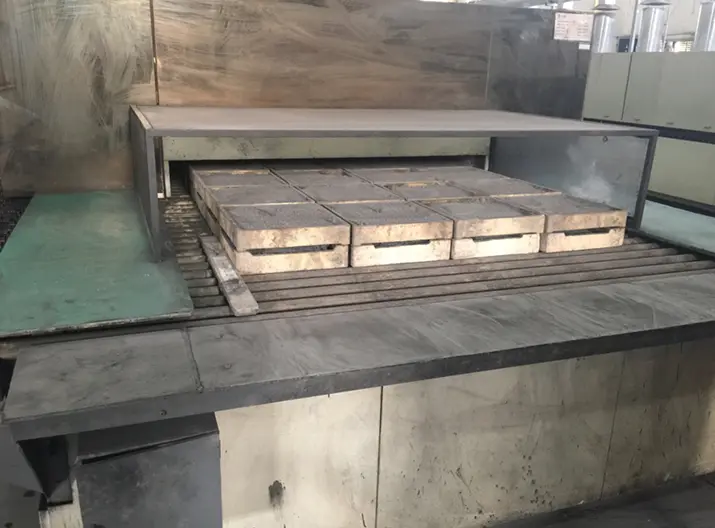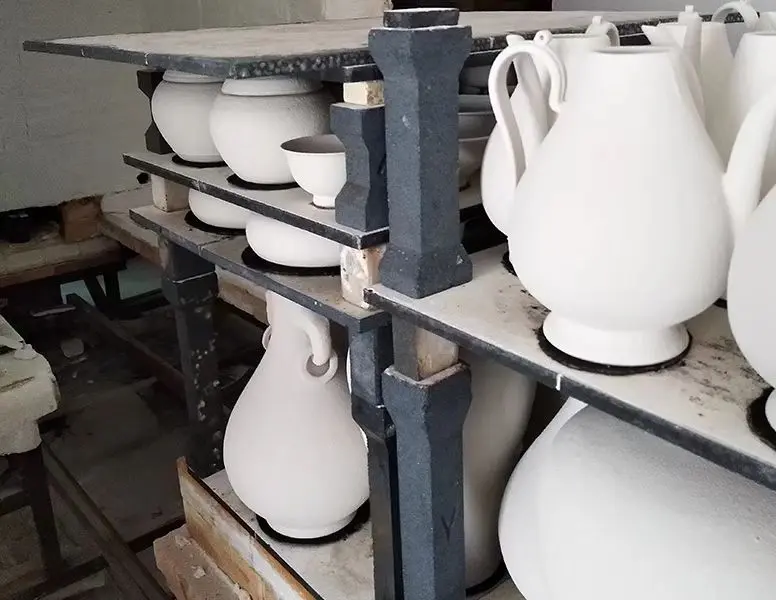Kiln Furniture for Vacuum Furnaces: The Silent Workhorses of High-Temperature Processing
The Unforgiving Vacuum Environment: Why Specialized Furniture is Essential
Vacuum processing (typically ranging from rough vacuum to high vacuum, <10^-5 mbar) eliminates convective heat transfer and atmospheric reactions like oxidation. While beneficial for the workload, this creates distinct challenges for Kiln Furniture:
-
No Oxidizing Atmosphere: While this prevents rust, it also removes the protective oxide layer that forms on many metals and ceramics in air. This exposes the base material to potential sublimation or reaction at high temperatures.
-
Reduced Heat Transfer: Primarily reliant on radiation and conduction, heat distribution becomes less uniform. Furniture design must optimize these paths to minimize thermal gradients in the workload.
-
Outgassing is Critical: Any volatile components (binders, absorbed moisture, impurities) within the furniture material will be released into the vacuum chamber. This contaminates the environment, potentially ruining sensitive workloads (e.g., in semiconductor or aerospace applications), lengthens pump-down times, and can degrade furnace components like hot zones and pumps.
-
High-Temperature Stability: Vacuum furnaces often operate at extreme temperatures (up to 3000°C or more in some cases). Furniture must maintain structural integrity, dimensional stability, and creep resistance without significant softening or deformation under the combined load and temperature.
-
Chemical Inertness: The furniture must not react chemically with the workload, furnace hot zone components (like heating elements or insulation), or the vacuum environment itself. This is crucial for preventing contamination and ensuring consistent results.
-
Thermal Shock Resistance: Rapid heating and cooling cycles are common. Furniture must withstand these thermal stresses without cracking or spalling.
Core Functions of Kiln Furniture in Vacuum:
-
Support: Bearing the weight of the workload during all stages of the thermal cycle.
-
Positioning: Ensuring consistent spacing between parts and from furnace elements for uniform heating/cooling and preventing contact-related damage.
-
Protection: Shielding sensitive furnace components (like graphite heating elements or refractory insulation) from potential reactions with the workload or its vapors, and vice-versa.
-
Containment: Holding loose materials, powders, or components prone to distortion during processing (e.g., sintering trays).
-
Optimizing Heat Flow: Designed shapes can help direct radiant heat or improve conductive pathways to the workload.
Key Materials for Vacuum Furnace Kiln Furniture:
Material selection is the single most critical factor, driven by temperature, atmosphere purity requirements, load, and budget:
-
Graphite (Isostatic or Extruded):
-
Pros: Excellent high-temperature strength (up to ~2500°C usable in inert/vacuum), good thermal shock resistance, high thermal conductivity (promotes uniformity), relatively easy to machine, good creep resistance. Naturally lubricious.
-
Cons: Can react with certain metals (forming carbides), relatively brittle, susceptible to oxidation if air leaks occur during heating/cooling, can generate carbon dust. Requires careful handling. Outgassing is low after proper initial bake-out but initial cycles can release volatiles.
-
Uses: Setters, trays, boats, support posts, fixtures for brazing, sintering, heat treating.
-
-
Refractory Metals (Molybdenum, Tantalum, Tungsten):
-
Pros: Extremely high melting points, excellent high-temperature strength and creep resistance, low vapor pressure, very low outgassing after proper cleaning, good thermal conductivity (Mo, Ta).
-
Cons: Very high cost (especially Ta, W), difficult to machine, extremely brittle at room temperature, susceptible to oxidation at relatively low temperatures (require strict vacuum/inert gas during cooldown), heavy.
-
Uses: High-temperature supports, fixtures for demanding applications like crystal growth, specialized sintering, where graphite is incompatible. Often used as thin sheets or foil wraps.
-
-
Advanced Ceramics:
-
Alumina (Al2O3): Good mechanical strength and hardness, excellent chemical inertness, good electrical insulation. Limited by lower maximum temperature (~1750°C) and moderate thermal shock resistance compared to graphite.
-
Silicon Carbide (SiC): Excellent high-temperature strength and thermal shock resistance, high thermal conductivity, good creep resistance. Can be prone to reactions with some metals at high temperatures. Higher cost than graphite. Requires high purity grades for vacuum.
-
Boron Nitride (BN - Hexagonal): Excellent thermal shock resistance, high thermal conductivity, naturally lubricious, electrically insulating, chemically very inert. Good machinability. Lower strength than graphite or SiC. Higher cost.
-
Pros (General Ceramics): High purity achievable, excellent chemical inertness, low outgassing potential (especially dense, high-purity grades), oxidation resistant.
-
Cons: Generally brittle, lower thermal conductivity than graphite/metals (can lead to gradients), higher cost than graphite (except basic alumina), complex shapes harder to manufacture.
-
Uses: High-purity applications (semiconductors, optics), electrical insulation needs, where metal contamination is unacceptable, specialized setters and boats.
-
Design and Operational Considerations:
-
Minimal Mass: Reducing furniture mass minimizes its thermal inertia, speeding up heating and cooling cycles and improving energy efficiency. It also reduces the total potential outgassing load.
-
Optimized Geometry: Designs should maximize open space for radiation view factors, ensure even support to prevent workpiece distortion, and avoid trapping gases. Sharp corners are stress concentrators and should be minimized.
-
Compatibility: Furniture material must be compatible with both the workload material and the furnace hot zone materials (heaters, insulation) at the process temperature.
-
Surface Finish: Smoother finishes generally reduce outgassing rates and particle generation. Machining marks can act as stress risers.
-
Pre-Cleaning & Bake-Out: New furniture must undergo rigorous cleaning (ultrasonic, solvents) and high-temperature bake-out under vacuum before use with production loads to remove surface contaminants and volatiles.
-
Handling & Inspection: Handle with care (especially graphite and ceramics). Inspect regularly for cracks, excessive warping, or surface degradation. Damaged furniture risks contaminating the furnace or causing load failure.
-
Lifetime Management: Kiln furniture degrades over time due to thermal cycling, creep, and potential reactions. Track usage cycles and performance to schedule replacement before failure occurs.
Conclusion:
Kiln furniture is far more than just passive support within a vacuum furnace; it is an active, critical element influencing process uniformity, contamination control, furnace efficiency, and ultimately, product quality. The demanding vacuum environment necessitates careful selection from a limited palette of high-performance materials – primarily graphite, specialized ceramics, and refractory metals – each with distinct advantages and limitations. Thoughtful design focused on minimal mass, optimized heat flow, and compatibility, combined with stringent pre-treatment protocols and diligent maintenance, is essential to unlock the full potential of vacuum thermal processing. Investing in the right kiln furniture and managing it correctly ensures these silent workhorses reliably enable the high-precision, high-purity results that vacuum furnaces are renowned for.


